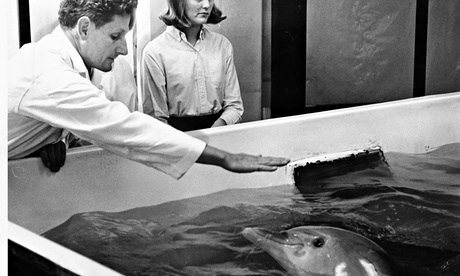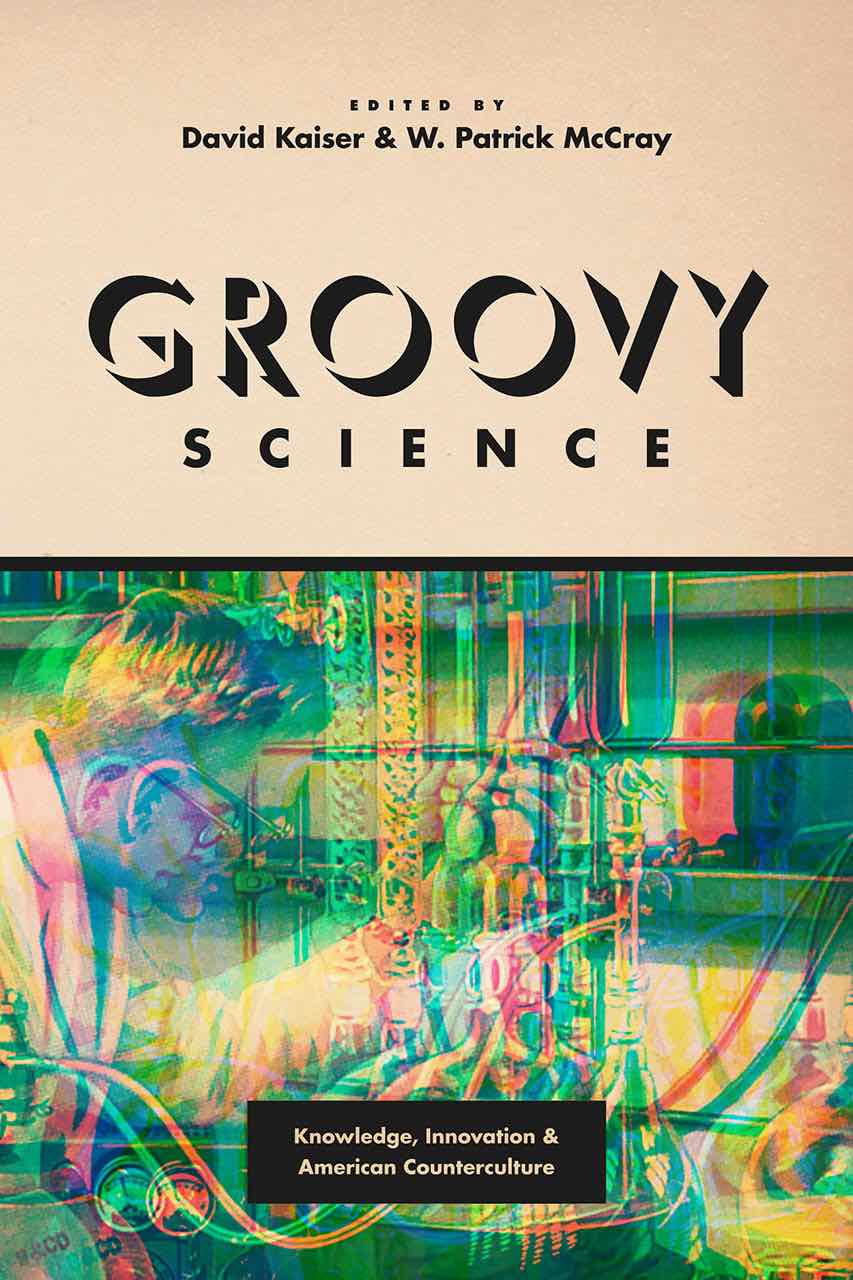When science intersected with the counterculture, things got wonderfully weird

In the late 1960s and 1970s, the mind-expanding modus operandi of the counterculture spread into the realm of science, and shit got wonderfully weird. Neurophysiologist John Lilly tried to talk with dolphins. Physicist Peter Phillips launched a parapsychology lab at Washington University. Princeton physicist Gerard O'Neill became an evangelist for space colonies. Groovy Science: Knowledge, Innovation, and American Counterculture is a new book of essays about this heady time! The book was co-edited by MIT's David Kaiser, who wrote the fantastic 2011 book How the Hippies Saved Physics, and UC Santa Barbara historian W. Patrick McCray. I can't wait to read it!
From an MIT News interview with Kaiser:
We want to address a common stereotype that dates from the time period itself, which is that the American youth movement, the hippies or counterculture, was reacting strongly against science and technology, or even the entire Western intellectual tradition of reason, as a symbol of all that should be overturned. In fact, many of them were enamored of science and technology, some of them were working scientists, and some were patrons of science. This picture of fear and revulsion is wrong.
We also see things that have a surprisingly psychedelic past. This includes certain strains of sustainability, design, and manufacture, notions of socially responsible engineering, and artisanal food. This stuff didnt start from scratch in 1968 and didnt end on a dime in 1982...
These folks were rejecting not science itself but what many had come to consider a depersonalized, militarized approach to the control of nature. Yet even the most colorful examples of groovy science had specific debts to the High Cold War, the first quarter-century after World War II, the era of Big Science. John Lilly was famous for woolly-sounding experiments on interspecies communication [with dolphins] and sensory deprivation and LSD. Its easy to see why that fits in a book called Groovy Science, but Lilly was coming directly out of military-industrial research, from Korean War-era worries about brainwashing and the Soviet Menace. The chapter on the surfboard revolution takes us far away from Dr. Strangelove were not talking about nuclear strategy or bombers but this happened in Southern California for a reason, because there were a lot of people in defense and aerospace with experience in materials science, which shaped even a leisure/counterculture activity such as surfing.
Groovy Science: Knowledge, Innovation, and American Counterculture (Amazon)

Original Link: http://feeds.boingboing.net/~r/boingboing/iBag/~3/PnAY25Eb3Iw/when-science-intersected-with.html


